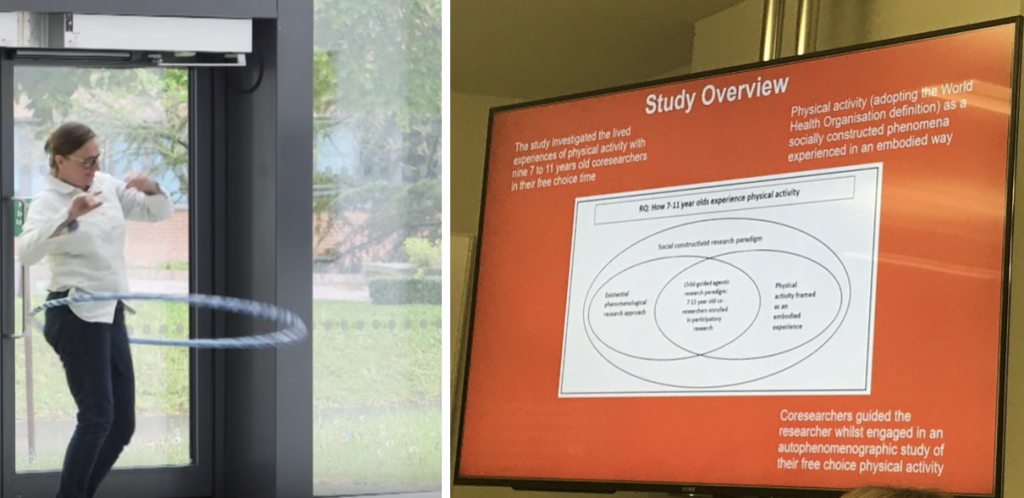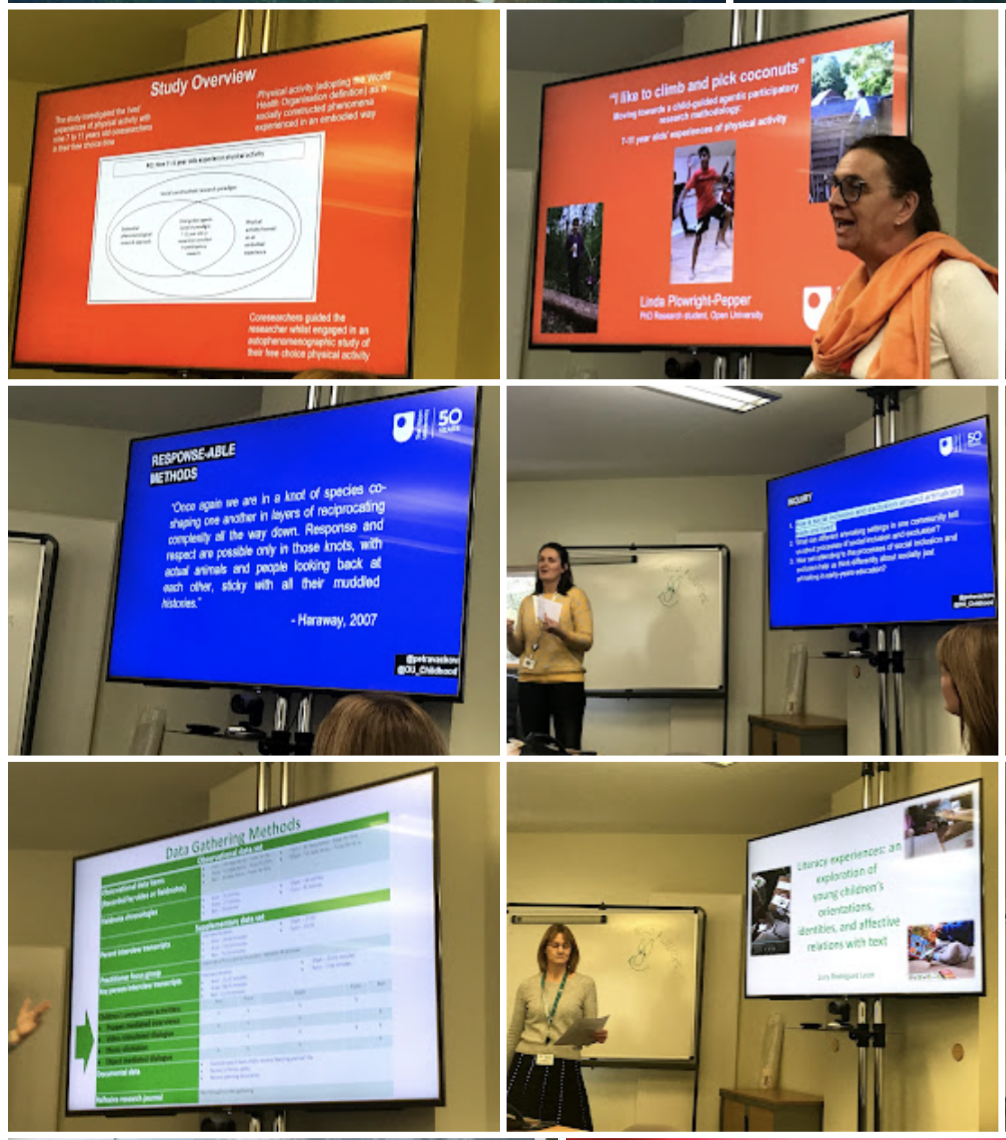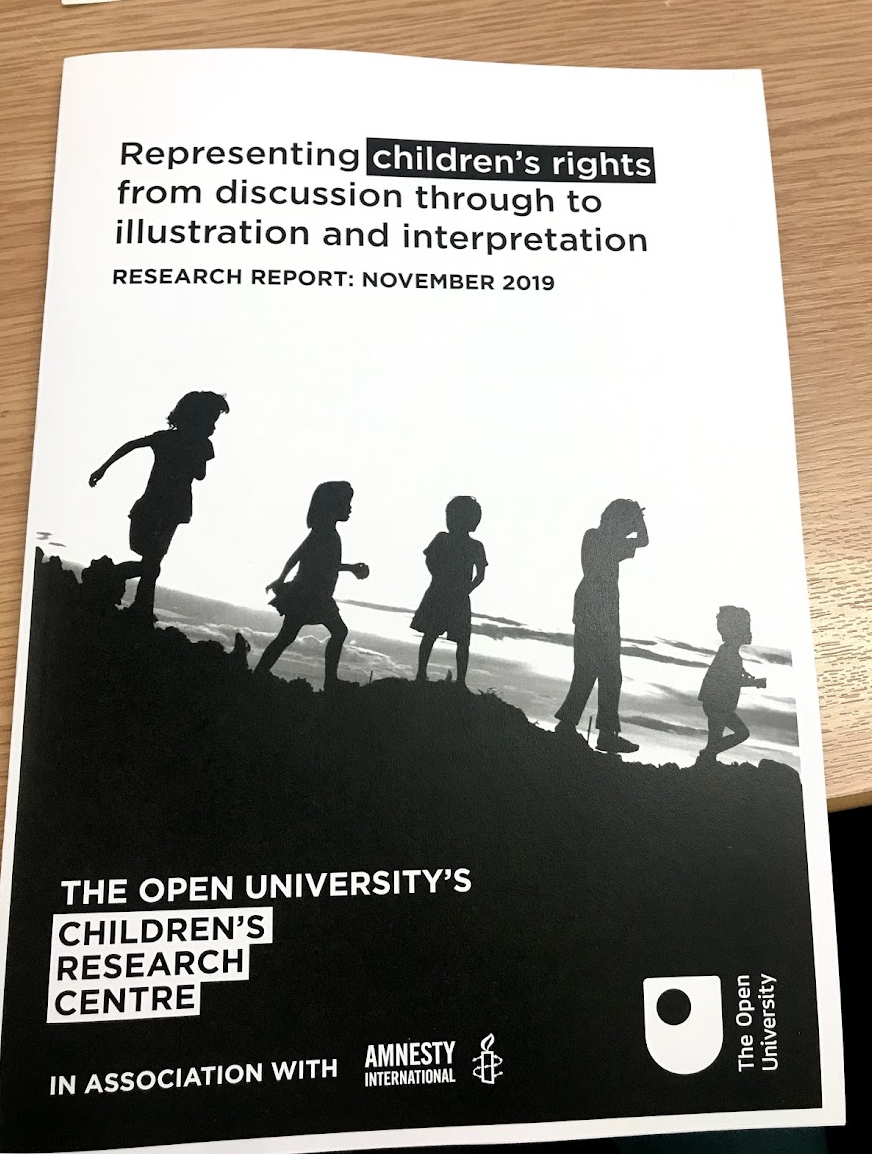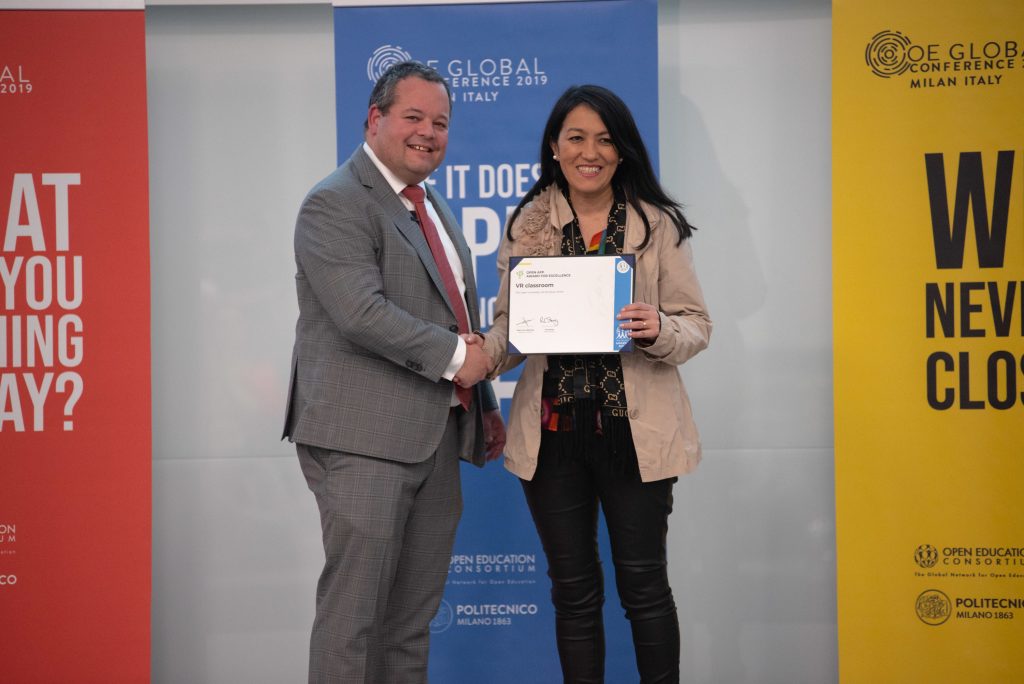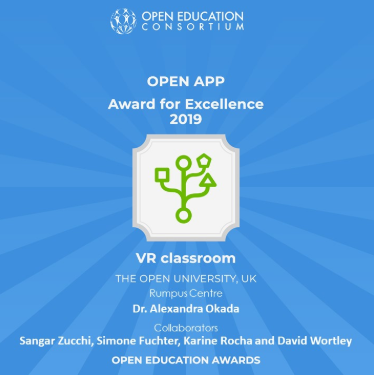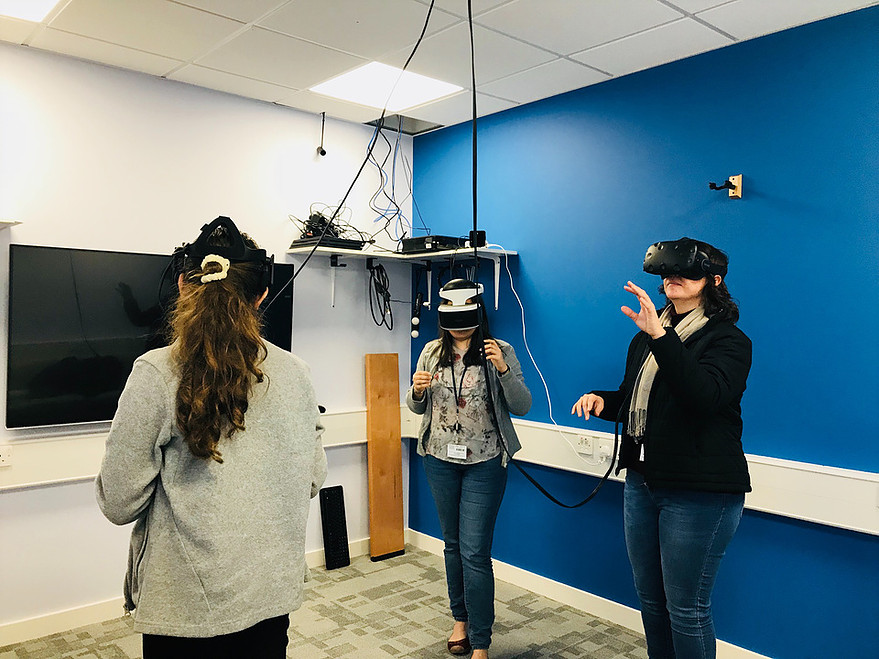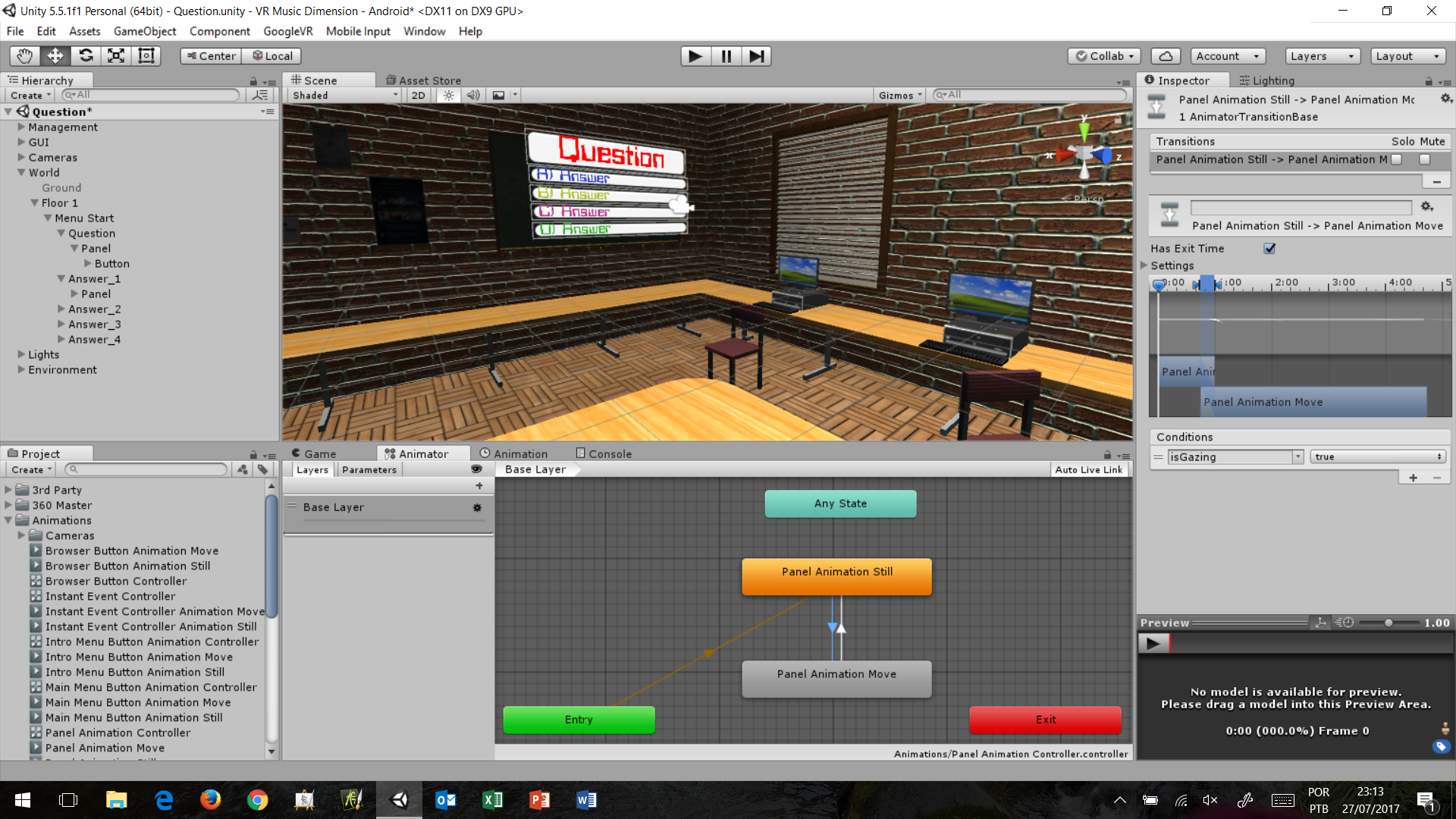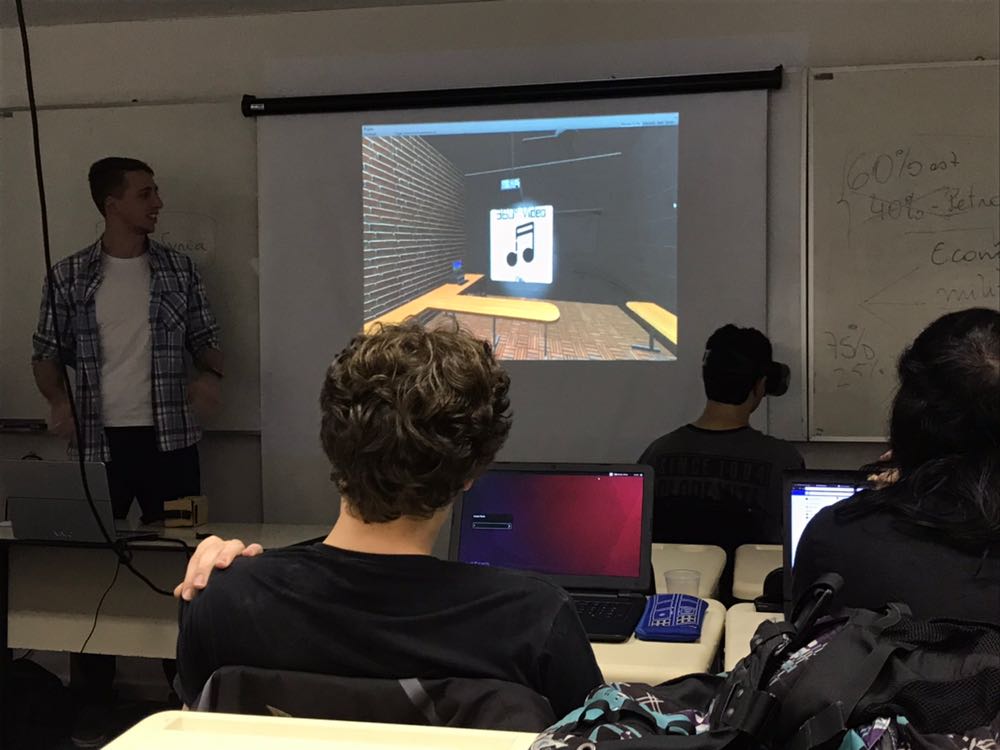‘My PhD journey’: Exploring the doctoral process with Body Mapping and fun
Alexandra Okada
& Mimi Tatlow-Golden
Body mapping can be a way of telling stories, much like totems that are constructed with symbols that have different meanings, but whose significance can only be understood in relation to the creator’s overall story and experience
Gastaldo et. al.,( 2012) p.5
Introduction
At RUMPUS, we research fun, in childhood and in learning.
But academic meetings? Even when interesting, meetings are rarely fun.
So when RUMPUS group members come together for research and planning, we try and honour the spirit of our interest in fun, using various means to lighten the atmosphere. Sometimes it’s as simple as ‘wear a hat’. It is surprising how easily the formal atmosphere of work can be punctured by looking at a work colleague in an incongruous piece of headwear. (It has to be said that this approach requires trust in a group. We can imagine colleagues with whom this wouldn’t feel comfortable or particularly fun at all, but it does work for us).
In 2019 we welcomed our first two Ph.D. students to RUMPUS. Both came with expertise in previous careers and after an extended application process including collaborative proposal development and competitive interviews for Faculty research funding. We had therefore already had multiple meetings, ideas development and exchanges and knew one another reasonably well. Still, we wanted to introduce them to the inevitable peaks and troughs of the Ph.D. journey ahead, and although we can’t dispense with dynamics of power in a supervisor-PhD student relationship, we wanted to set a more egalitarian tone, and to set the tone for an exploratory, playful feel to the path we were about to step into together.
So this session, a work/funshop for eight researchers, aimed for lecturers, professors and researchers to share their own Ph.D. experiences, the joys and challenges, together with our new group members.
Rather than working our way through yet another set of slides, Mimi chose body mapping for this. Ale supported the session by taking photos, notes, generating data and integrating previous studies about body mapping from the literature to initiate this article.
Body mapping - what is it?
Body mapping is a simple visual drawing approach that requires no skill or previous experience. First, a rough, life-size outline of each group participant’s body is drawn on paper. This can be done in pairs, as each person lies on the ground on large sheets of paper and the other draws around it – but equally a free-hand life-size body outline can simply be drawn (see below for variations on this approach).
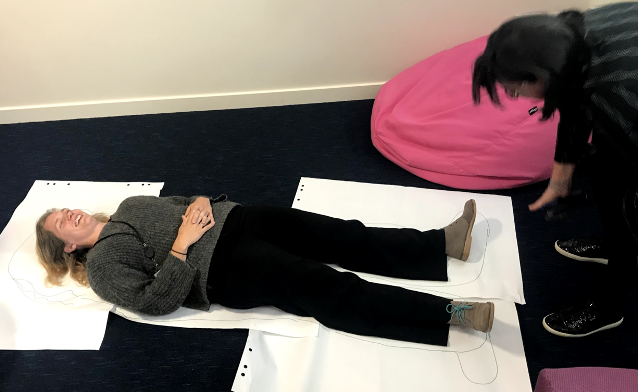
Next, each participant writes, draws or colours, in their body outline and around it – filling areas in or leaving them blank, responding to the theme of the session. The idea is to express experiences, thoughts and emotions that relate to the experience under discussion. Participants can use keywords, sentences or symbols; graphs, maps, icons, texture or collage.
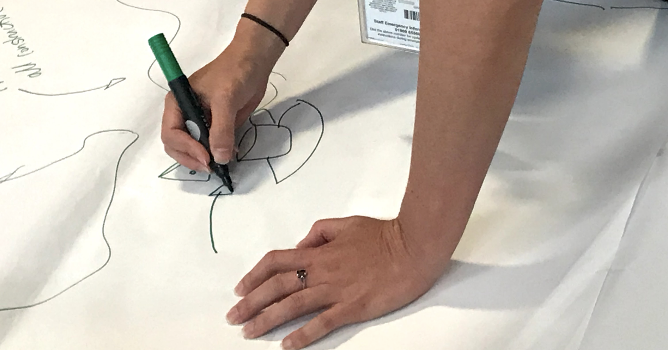
Body mapping can represent a specific context or personal moment, or a longer journey, and It is limited only by time, imagination, materials and engagement. It reiterates that as humans, all our experiences are embodied. As with hat-wearing, it does also require an atmosphere of trust, and it is important that a genuine opt-in approach is taken so that participants feel free to choose another route or to sit this out altogether.
Body mapping can be used in reflective workshops. It can also be used to collect qualitative research data about subjective experiences associated with one’s embodied self (Coetzee et. al, 2019) through a life-size human body figure (McCorquodale and DeLuca (2020) or a smaller one drawn on a standard sheet of paper.
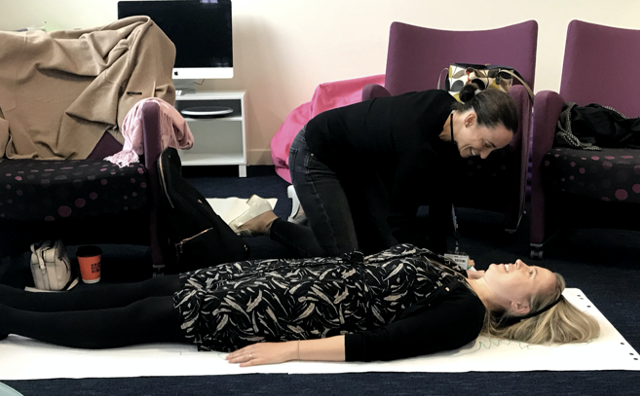
Location and materials
A special location suggested by Prof. Fergurson was selected for this workshop/funshop, the Creative Room in the Jennie Lee Building of the Open University. At RUMPUS, we often try and meet off campus, again to step away from the formal constraints of much of our academic lives. This location was a next-best to capture that atmosphere of stepping away: unlike a standard meeting room, the Creative Room is a large and cosy space with brightly coloured walls and a carpeted floor. that lends itself to drawing, interaction and dialogue.
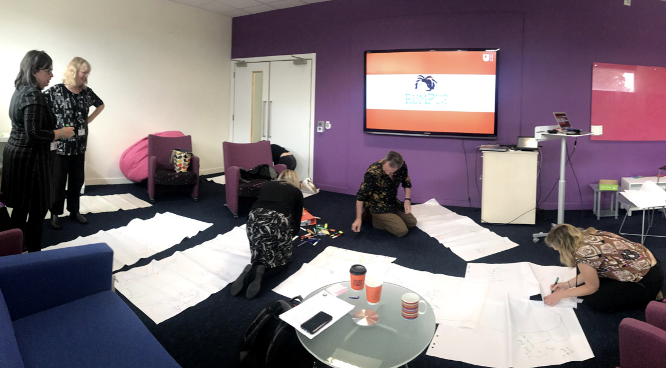
The materials we used were basic: flipchart paper sheets, handfuls of colourful marker pens, sticky tapes and staplers.
Process
Our induction meeting started with an open conversation with the whole group so those who had not yet met could start to get to know each other. We chatted about each others’ current research ideas and the key ideas and concepts the students had drawn on in their proposals and interviews. As is so often the case, discussion about fun – what it is, how it’s experienced and how to research it – quickly became quite animated.
This was followed by a brief presentation of images associated with current research underway at the RUMPUS research group.
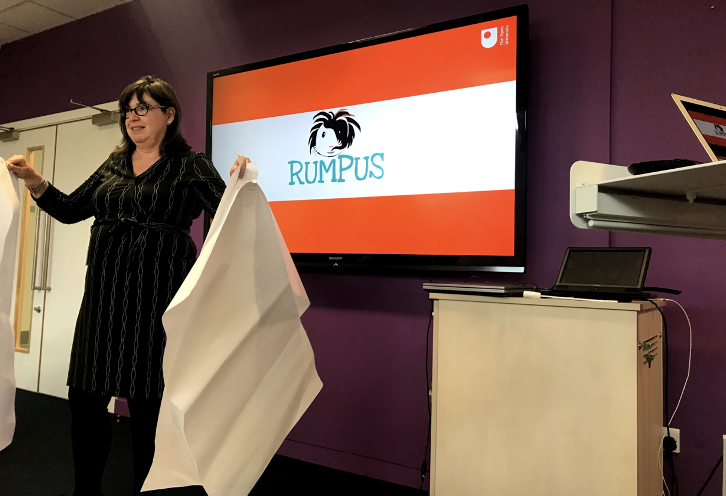
Mimi then explained the body mapping activity.
The objective was to learn from each other about doctoral journeys. The four supervisors and another research group member illustrated their experiences of completing their Ph.D. research studies. The two Ph.D. students – women – described their journey of preparing their successful doctoral proposal.
Mimi highlighted the ethical protocol of keeping the conversation private to the group, and that no one was obligated to share if they preferred not to. Individual approval to report on this event has been obtained by email from each participant.
For this blog article, the participants provided their consent for photos and comments about the body mapping session that occurred before the pandemic – a year ago. Since the induction, our meetings have been implemented only online.
The body mapping portion of the workshop took about an hour in total: 10 minutes to prepare the real-size body outline in pairs, 15-20 minutes to illustrate the research journey in the body outline. Finally, each of the seven participants took the rest of the group on a tour of their body maps, for a few minutes each, sharing and explaining as much as they preferred.
Working in pairs and threes, seven of the eight participants supported each other to attach paper sheets and outline their bodies.
Findings and Discussion
According to Gastaldo et. al. (2012, p.5). “Body mapping can be a way of telling stories, much like totems that are constructed with symbols that have different meanings, but whose significance can only be understood in relation to the creator’s overall story and experience”.
Therefore, dialogue about the body mapping contributes to capturing the full nature of the experience.
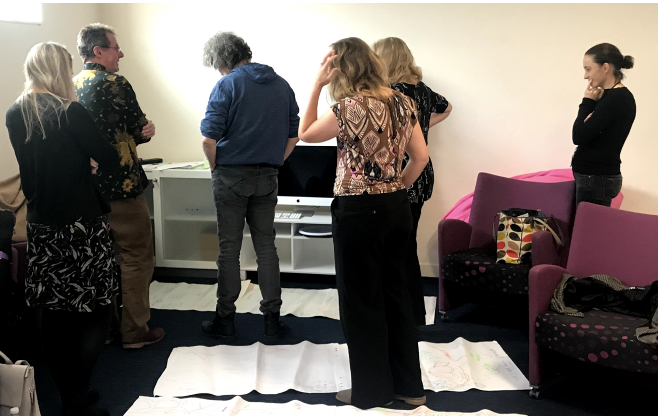
It’s important to recognise that – like many aspects of the doctoral relationship – and indeed like fun itself, body mapping can be experienced in various ways. As McCorquodale and DeLuca (2020, p.1) highlight,
“Body mapping can be a fun and expressive experience for participants of social research [but] It can also be a confusing and overwhelming experience for researchers and participants new to the method.”
Building relationships before body mapping is important so participants know each other. This also creates the flexibility to make choices about how to participate, and conversation – and allowing silence – is important so that everyone feels as comfortable as possible.
For reflective educational researchers and practitioners, the following extracts selected from participants’ comments about their experience were very meaningful to explore the nuances of fun that emerged, for example, get to know each other; incorporate and keep fun up during supervision meetings; face uncertainty or silliness as well as activate imagination and anticipation. Last but not least, being aware of any awkwardness related to the activities and environment and finding ways to sort out any discomfort with the facilitators as well as being open to exciting emerging pathways … led participants to find precious joy in the process of learning.
‘Non-work focus elements’ became pearls for meaning-making, bonding and identity with body mapping.
Data: participants'views
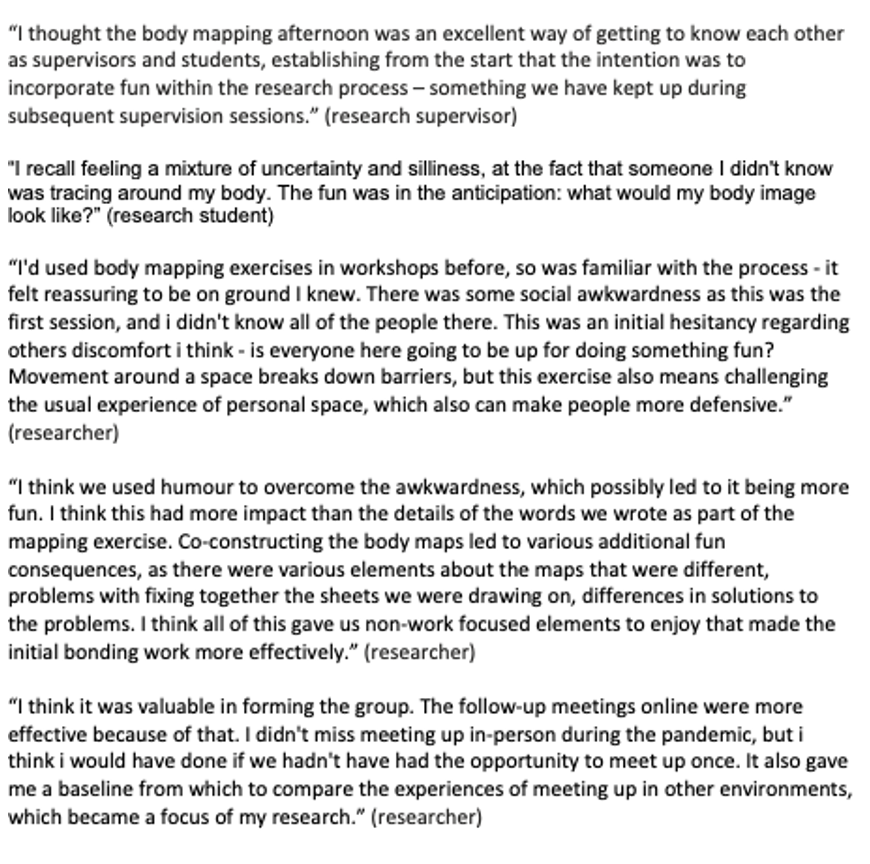
Final Remarks
Body maps can be completed by individual research participants or collectively in groups (CORNWALL, 1992). The body maps become springboards for discussion to fully understand the lived experiences depicted. These discussions can take place while the maps are being drawn. They can also take place afterwards either as one-to-one interviews or in larger groups.
The body mapping enabled participants to identify thoughts, relationships, feelings and emotions associated with their research journey . Drawing events using our real size body activated memories, feelings, emotions and senses that triggered a rush of past events or even seemingly forgotten em”body”ied experiences.
Listening to each other’s body mapping was very meaningful as well as brought the participants close together strengthening group identity.
References
Gastaldo, D., Rivas-Quarneti, N., & Magalhães, L. (2018, March). Body-map storytelling as a health research methodology: Blurred lines creating clear pictures. In Forum Qualitative Sozialforschung/Forum: Qualitative Social Research (Vol. 19, No. 2).
Coetzee, B., Roomaney, R., Willis, N., & Kagee, A. (2019). Body mapping in research. In Pranee Liamputtong (ed.), Handbook of Research Methods in Health Social Sciences. Springer Singapore. pp. 1237-1254 (2019)
McCorquodale, L., & DeLuca, S. (2020). You Want Me to Draw What? Body Mapping in Qualitative Research as Canadian Socio-Political Commentary. In Forum Qualitative Sozialforschung/Forum: Qualitative Social Research (Vol. 21, No. 2).
Cornwall, A. (1992). Body mapping in health RRA/PRA. RRA Notes, 16(July), 69-76.
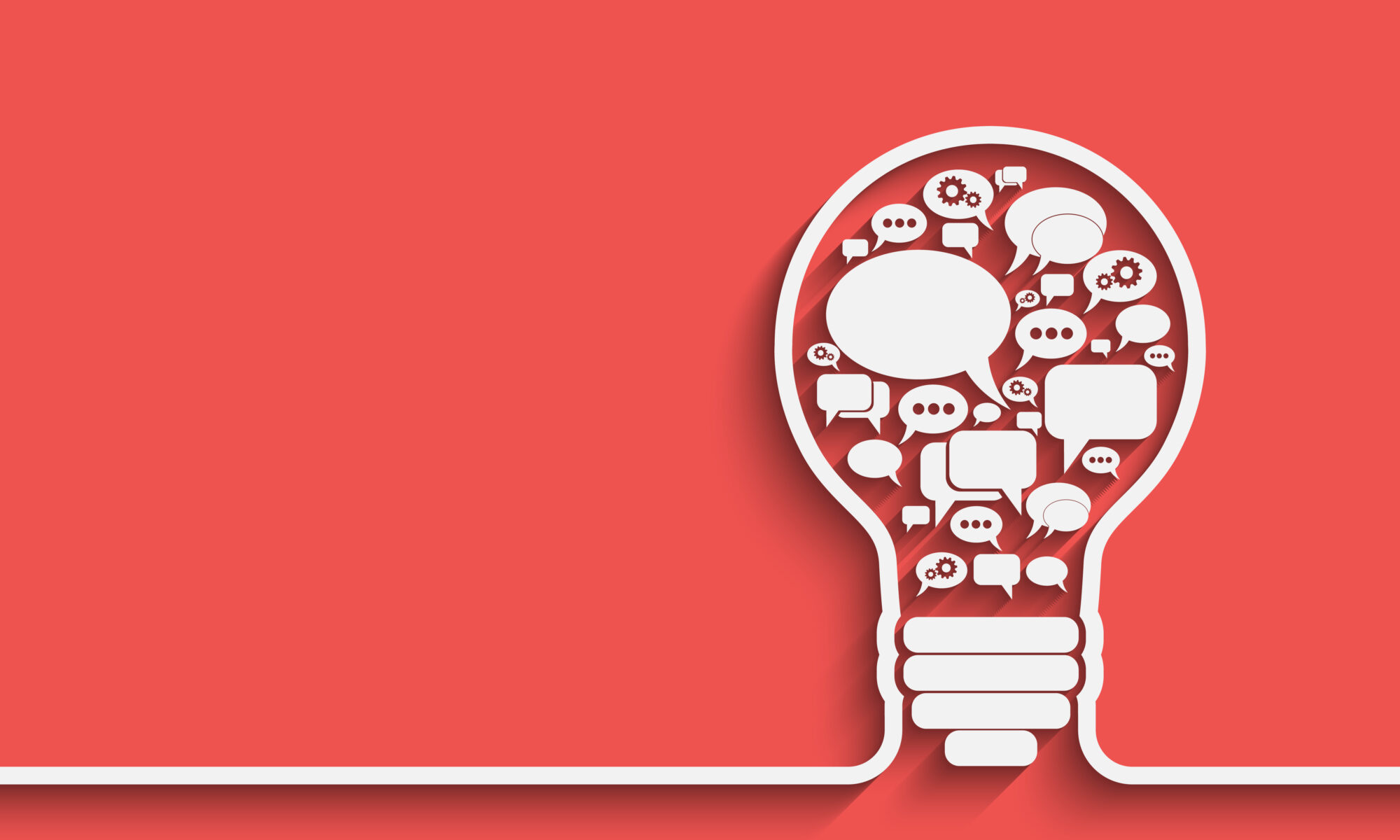
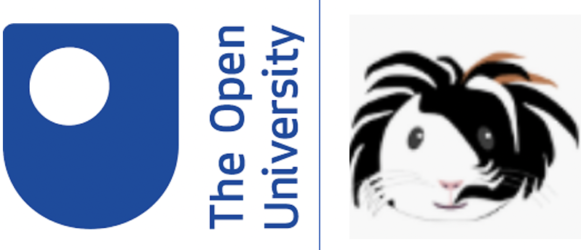
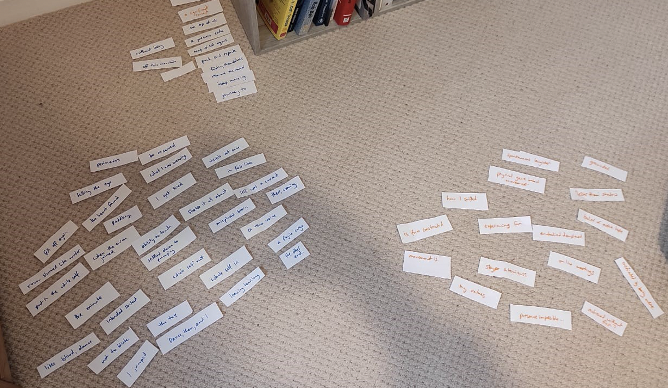
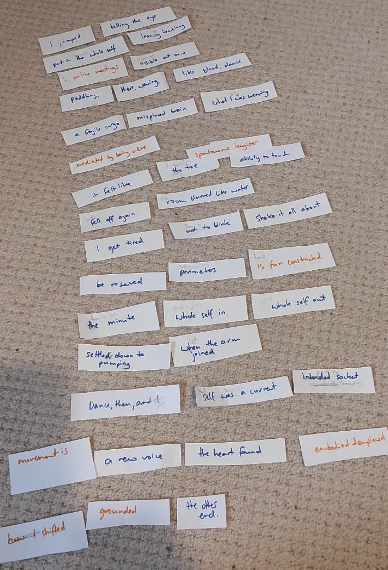
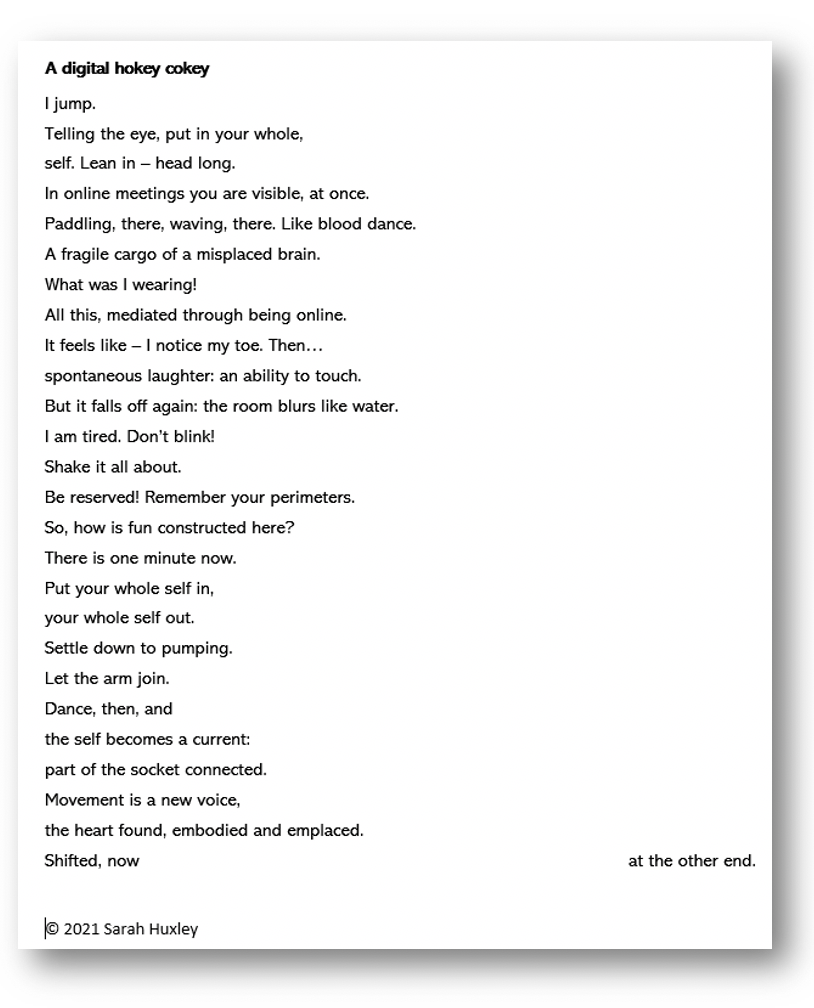 Figure 1: A digital hokey cokey by Sarah Huxley
Figure 1: A digital hokey cokey by Sarah Huxley
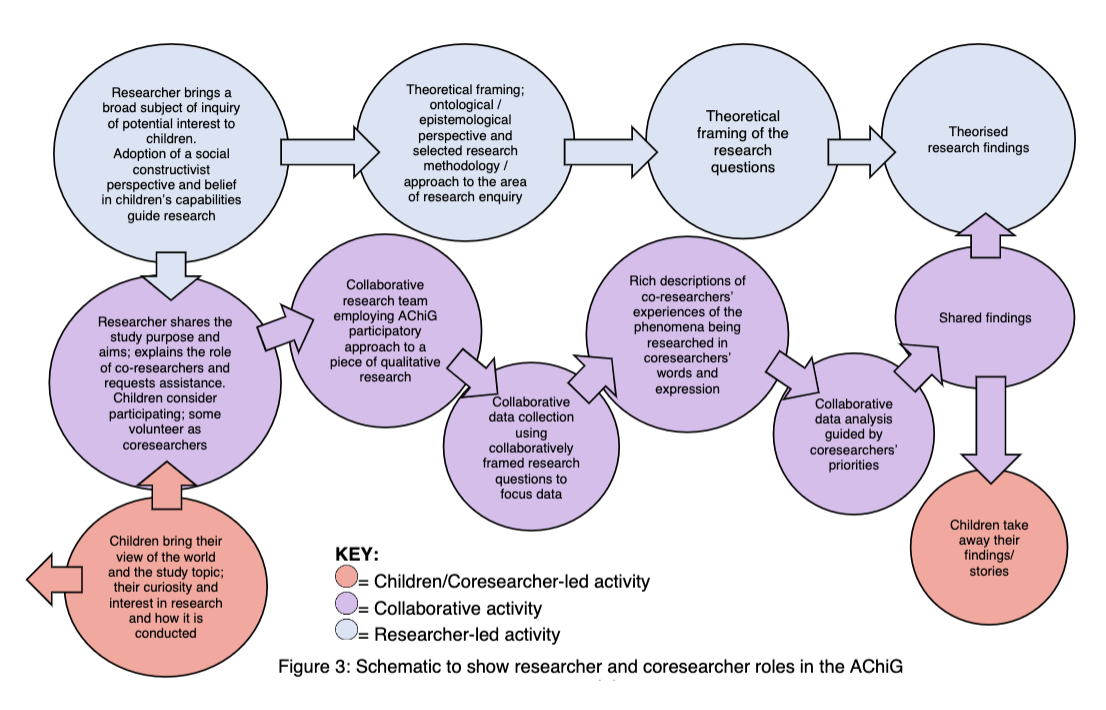
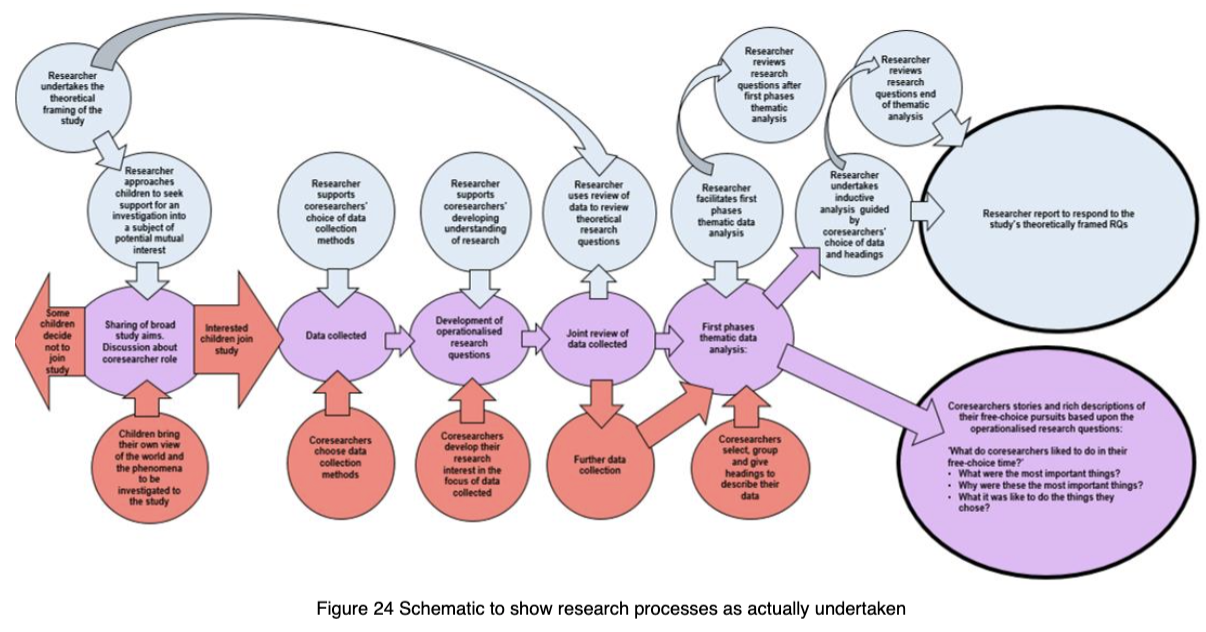
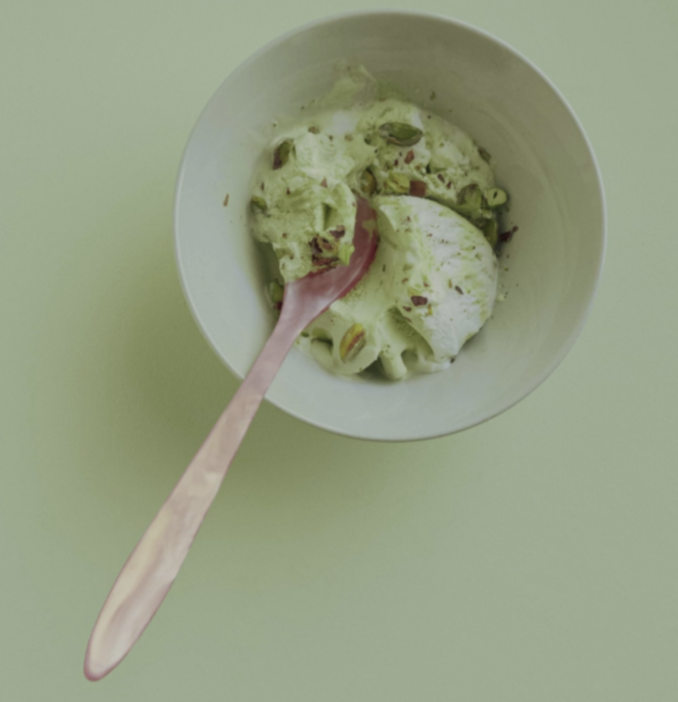
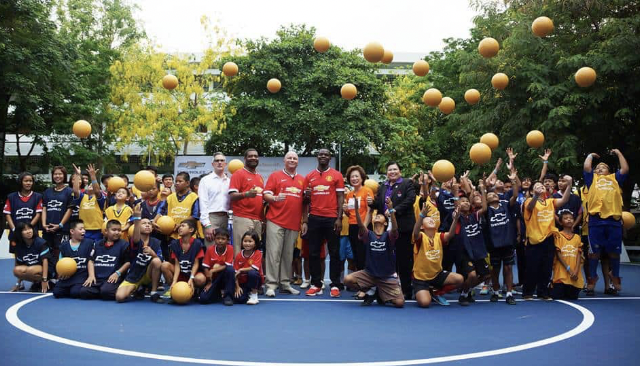 Source: Coaches Across Continents (CAC)
Source: Coaches Across Continents (CAC)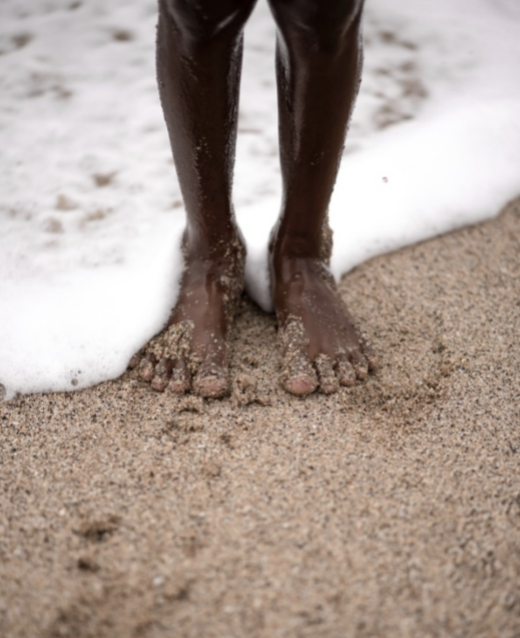
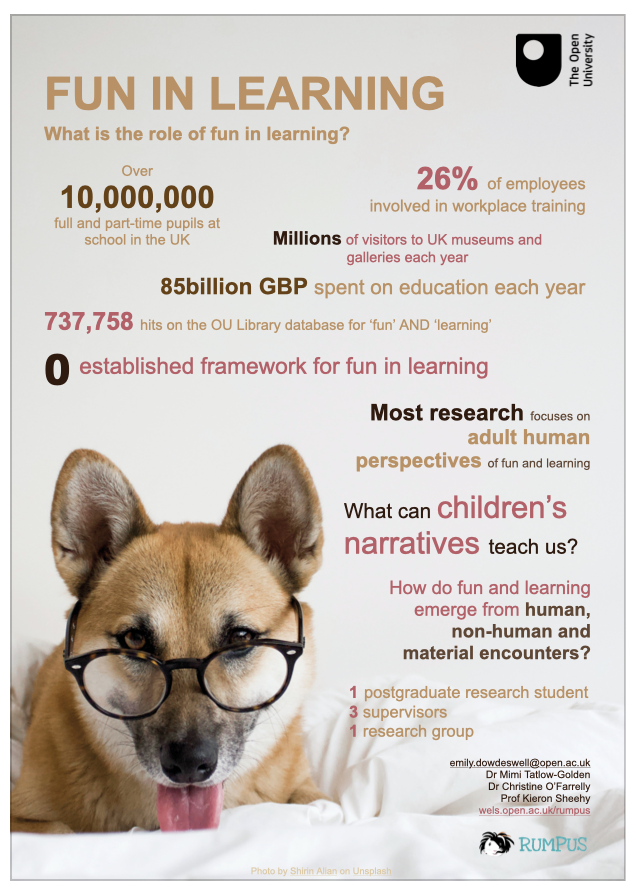
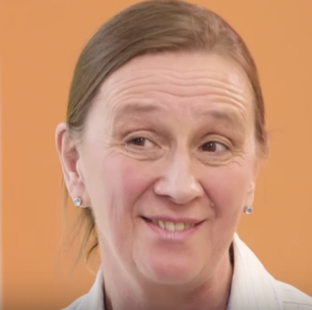
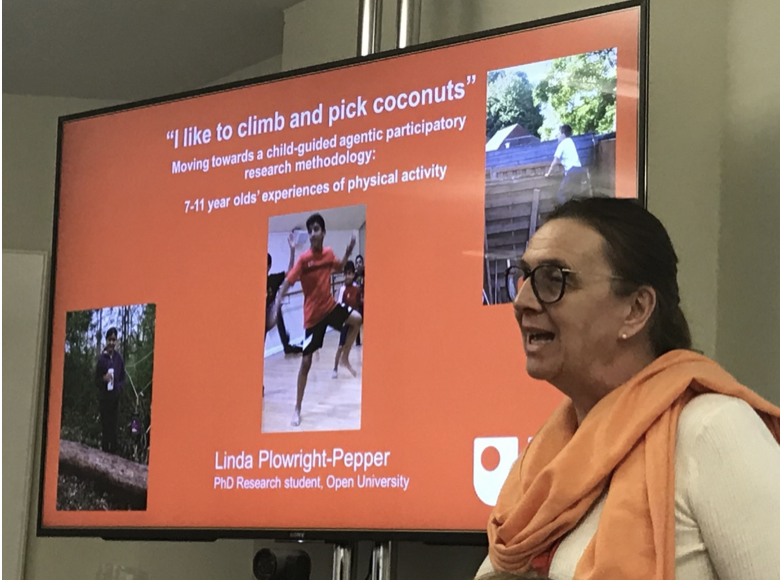 In her main study she engaged with nine 7- to 11-year-old coresearchers who guided research into their own free-choice physical activity.
In her main study she engaged with nine 7- to 11-year-old coresearchers who guided research into their own free-choice physical activity.